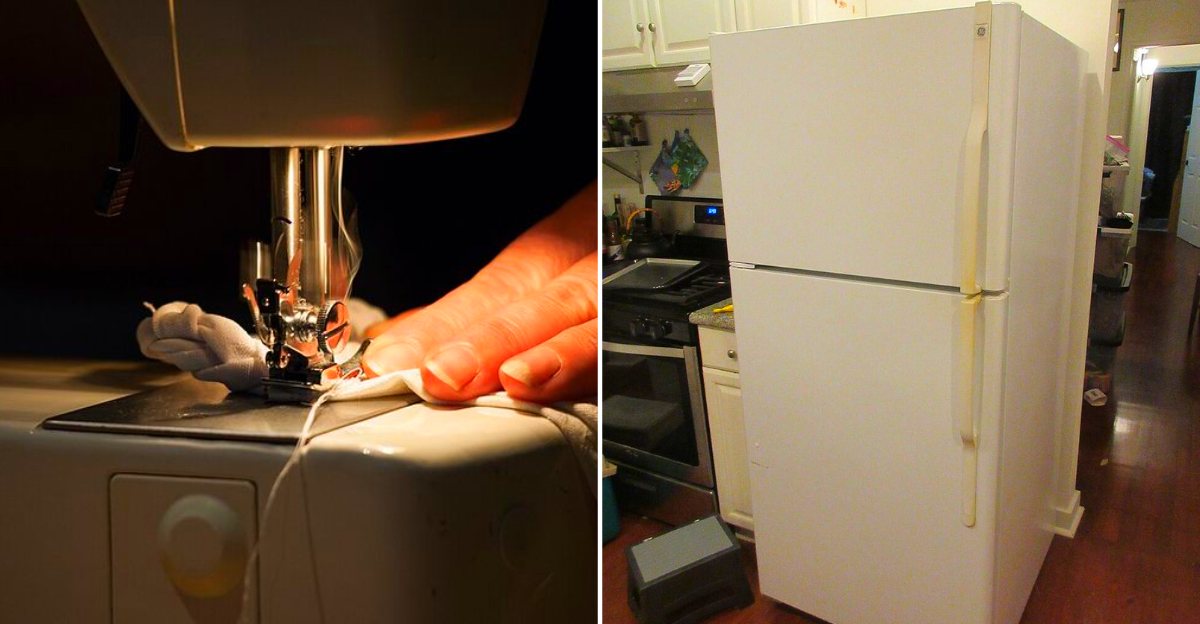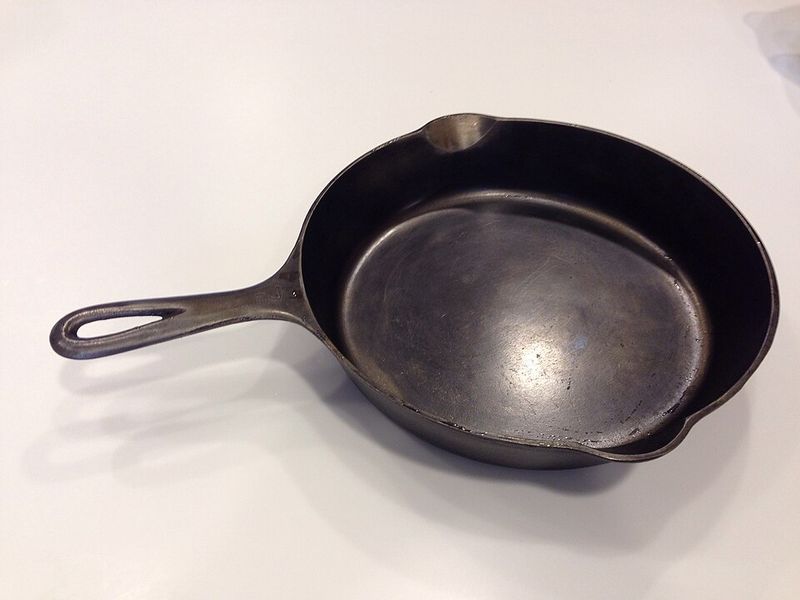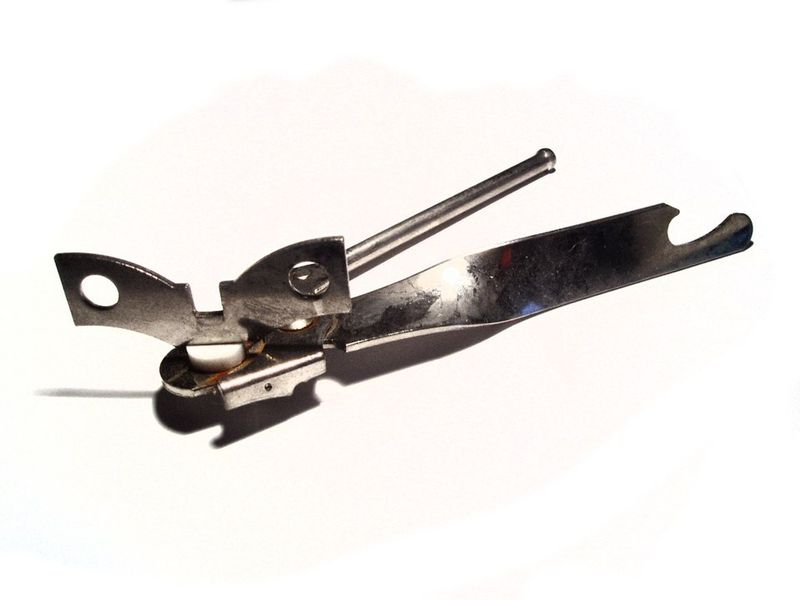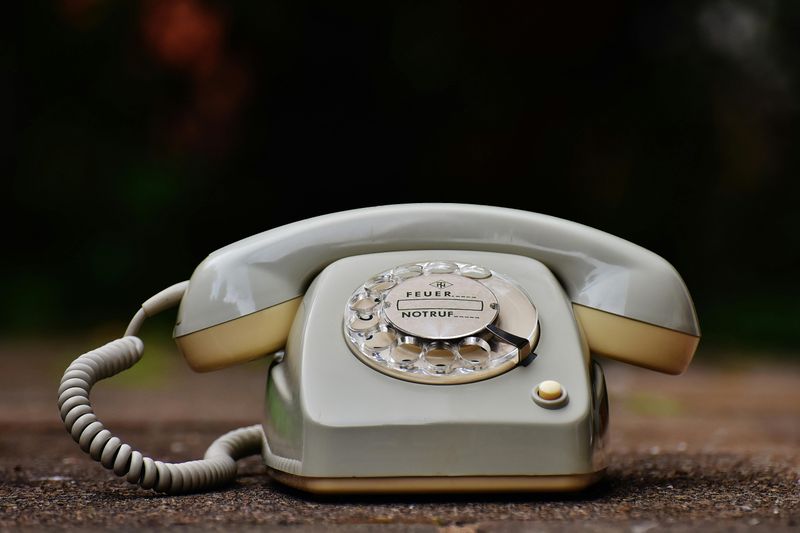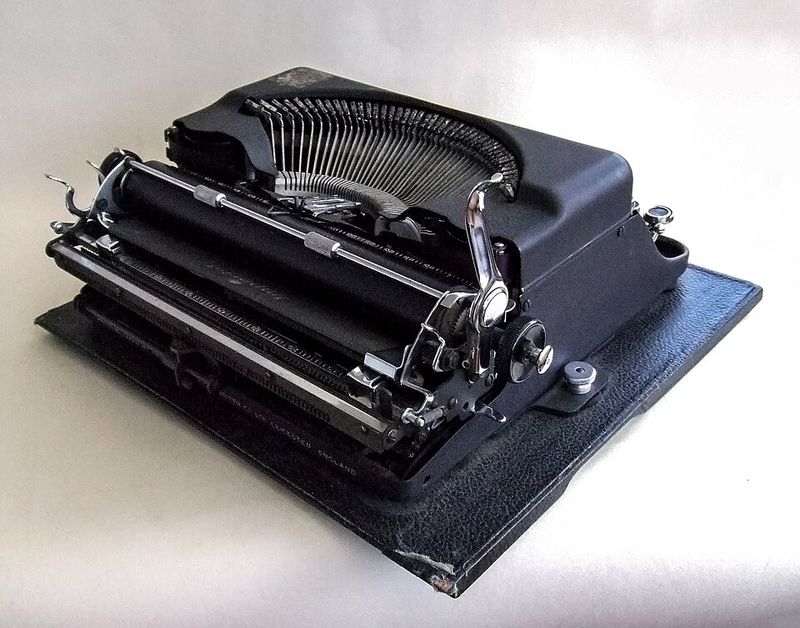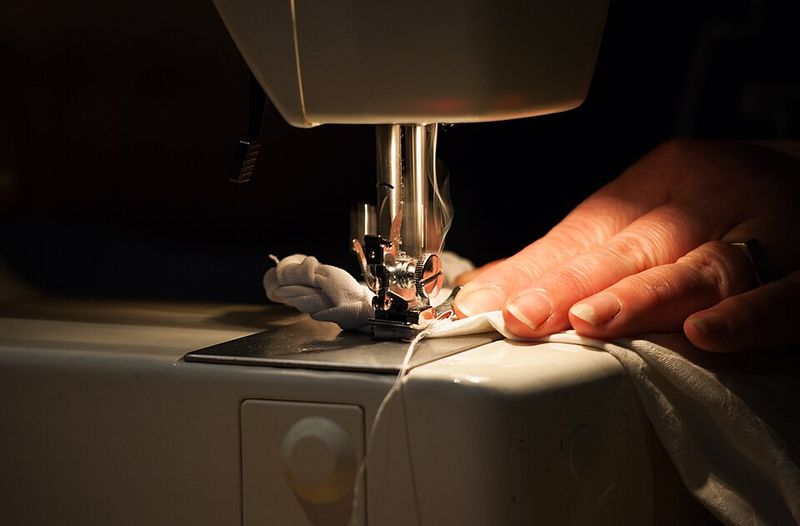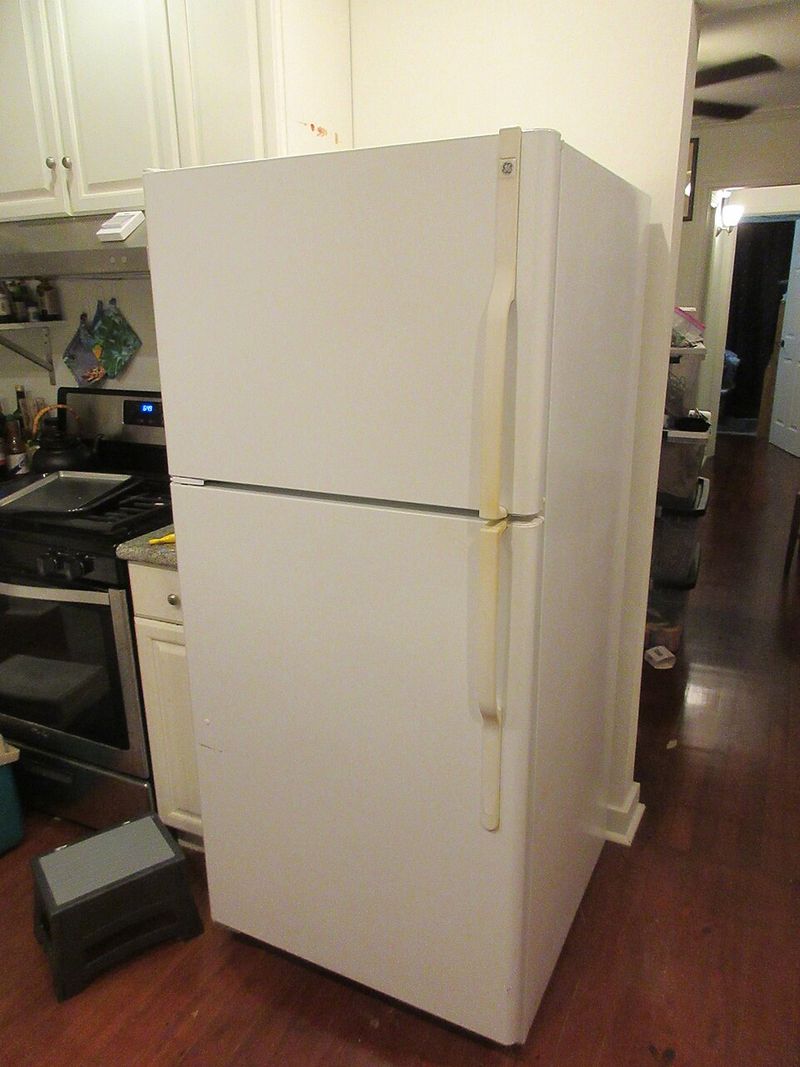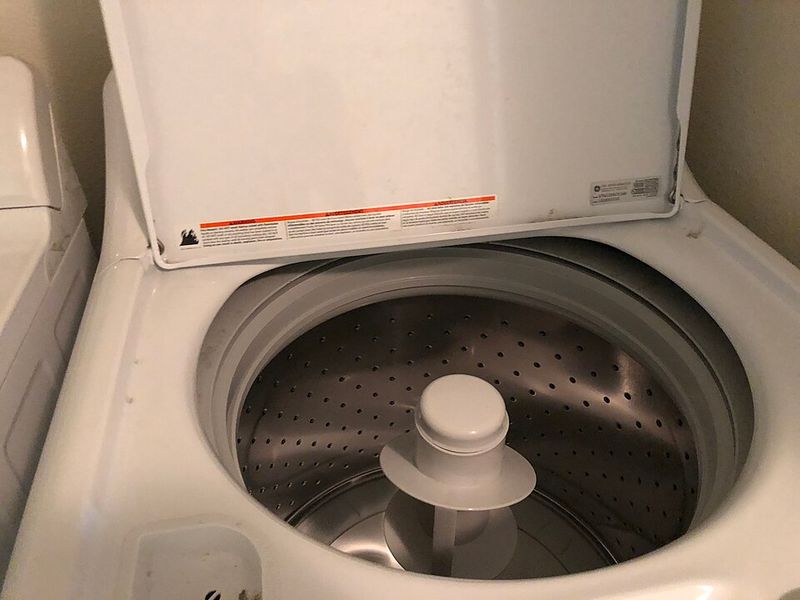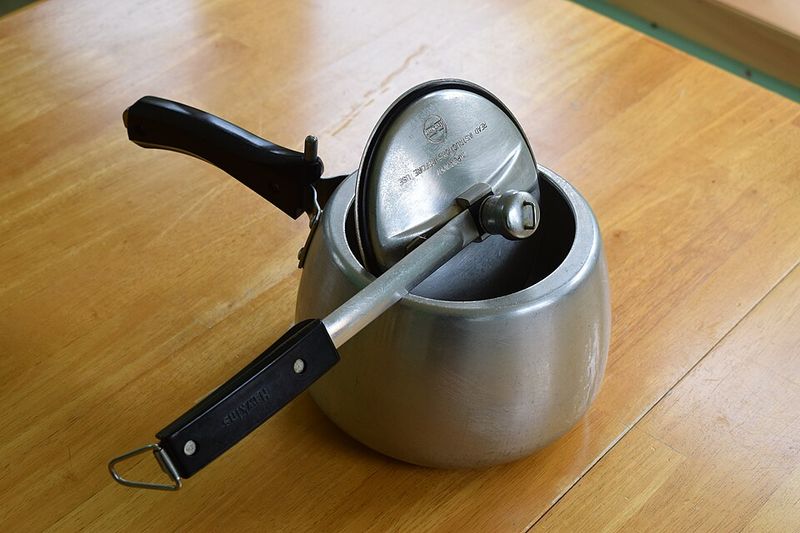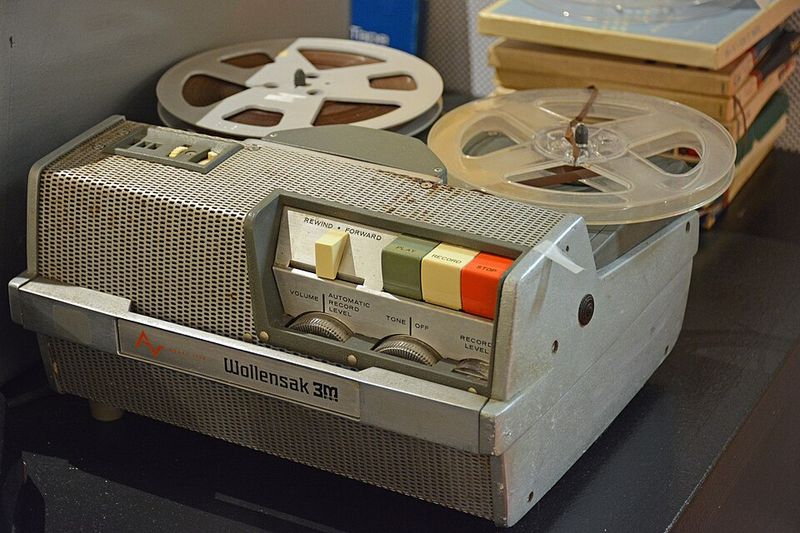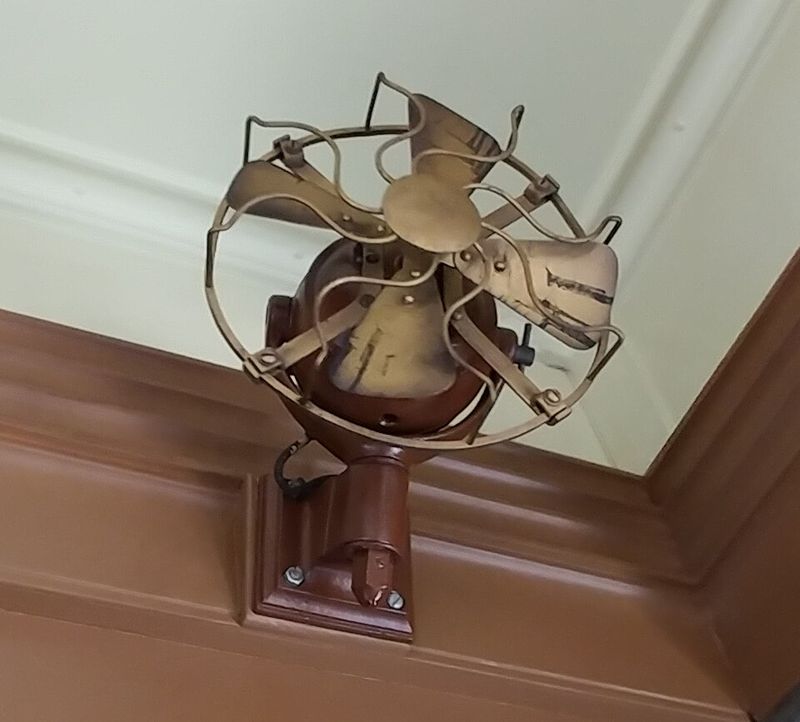Ever notice how some old appliances refuse to quit while newer gadgets sputter after a few years? There’s a reason your grandmother’s mixer still purrs and your latest countertop toy doesn’t. Built with heavy-duty materials and fewer failure points, many vintage tools deliver consistent, reliable performance. Explore thirteen classics that outlast and outperform today’s sleek, disposable tech.
1. Cast Iron Skillet
A well-seasoned cast iron skillet remains a kitchen workhorse that modern nonstick pans struggle to match. Its dense construction delivers superior heat retention and even distribution, yielding golden cornbread, blistered vegetables, and deeply seared steaks. With proper seasoning, the surface becomes naturally nonstick without fragile coatings. Cast iron’s versatility effortlessly transitions from stovetop to oven to campfire. Unlike many contemporary pans, it improves with age and resists warping. Replacement parts aren’t needed, and maintenance is simple: heat, oil, and wipe. When cared for, these skillets last generations, often outliving trendy cookware with delicate finishes and questionable longevity.
2. Manual Can Opener
A classic manual can opener thrives where electric models stumble. It needs no power outlet, works during outages, and rarely breaks. The simple gear-and-wheel mechanism, often all metal, slices cleanly with a reassuring bite. Maintenance is a quick rinse and dry – no motors or cords to fail. Compact and drawer-friendly, it travels from pantry to campsite with ease. Many modern electric openers are bulky, harder to clean, and prone to motor issues. In contrast, a quality manual opener can last for years, offering dependable performance, tactile control, and effortless portability that outperforms more complicated counterparts.
3. Rotary Dial Telephone
Built like small tanks, rotary dial telephones exemplify rugged reliability. Their heavy casings, simple analog switches, and durable handset cords shrug off drops and decades of use. There are no batteries to swell, no software to corrupt, and no fragile touchscreens to shatter. The tactile dial provides a satisfying, deliberate experience that modern devices can’t replicate. Sound quality is often robust on landlines, with fewer digital artifacts. While smartphones excel at features, they frequently become obsolete within years. A rotary phone can still ring, connect, and endure, proving that straightforward engineering can outlast rapid upgrade cycles.
4. Manual Typewriter
Manual typewriters offer a fail-safe writing experience immune to crashes, updates, and distractions. Their mechanical action provides crisp feedback, encouraging deliberate thought and fewer typos. With ribbons and levers instead of circuits, they operate anywhere – no electricity required. Many machines from the mid-20th century remain fully functional with minimal maintenance. Repairs involve cleaning, lubrication, and occasional ribbon replacement, not costly logic boards. The permanence of typed impressions resists accidental deletion and data loss. While modern laptops are versatile, their lifespan is limited by batteries and software dependencies. A well-kept typewriter delivers decades of dependable, distraction-free productivity.
5. Vintage Stand Mixer
Old-school stand mixers from the 1950s and 1960s are renowned for rock-solid gearboxes and metal housings. Their motors were overbuilt, capable of kneading dense doughs without overheating or stalling. Many units are still running with only routine lubrication and new attachments. Compared to some modern lightweight mixers with plastic gears, vintage models transmit torque more reliably and resist wear. Parts are surprisingly available through restorers and enthusiast communities. Their heft stabilizes the machine during vigorous mixing, reducing walking on the counter. In baking, consistent power equals consistent results – something these classics deliver year after dependable year.
6. Analog Drip Coffee Maker (Old Commercial Models)
Older commercial-style drip coffee makers thrive on simple controls, metal internals, and stable water temperatures. Without app connectivity or complex sensors, they deliver consistent extraction day after day. The heating elements and boilers were often designed for serviceability, allowing routine descaling and part replacement. They also maintain a reliable brew ratio and flow rate, producing clean, balanced cups. In contrast, some modern consumer machines favor convenience features over durability, with fragile plastics and sealed assemblies. For those who value reliability and repair, a classic analog brewer offers years of predictable performance and a bright, flavorful morning ritual.
7. Mechanical Sewing Machine
Mechanical sewing machines from decades past feature metal frames, steel gears, and straightforward linkages. They sew thick fabrics, denim, and leather with confident, repeatable stitches. Without computerized boards or delicate sensors, there’s less to fail and more that’s owner-serviceable. Routine oiling and occasional belt replacements keep them humming for generations. The tactile control of a mechanical foot pedal and manual tensioning fosters accuracy and skill. Modern budget machines often use plastic components and proprietary parts, limiting durability. For hobbyists and professionals alike, a vintage mechanical model delivers unwavering power, incredible longevity, and truly repairable craftsmanship.
8. Analog Refrigerator (Old Top-Freezer Units)
Many older top-freezer refrigerators earned reputations for lasting decades with minimal service. Their uncomplicated thermostats, beefy compressors, and thick insulation provided steady cooling without digital controls. While they may be less energy efficient than today’s best models, their reliability and ease of repair are hard to beat. Simple defrost systems and standardized parts made maintenance straightforward. Modern fridges can be packed with electronics that fail prematurely and require expensive boards. For garages, cabins, or secondary storage, a well-maintained vintage unit often keeps chugging, staying cold year-round with predictable performance that outlives several replacements.
9. Whirlpool-Style Agitator Washing Machine (Classic)
Traditional top-load washers with central agitators were built for rugged daily use. Their mechanical timers, stout transmissions, and accessible pumps made repairs feasible and affordable. The vigorous agitation cleans heavily soiled workwear and towels effectively, often faster than delicate modern cycles. While high-efficiency models save water, they can be finicky and harder to service. Older washers typically tolerate mixed loads and imperfect balance without drama. Parts availability remains strong thanks to standardized designs. For households prioritizing dependable cleaning and straightforward maintenance, these classics often outperform newer, more complex machines in real-world longevity and practicality.
10. Analog Toaster (Heavy-Duty Slot Toasters)
Heavy-duty analog toasters from past decades excel at consistent, repeatable browning. Using robust nichrome elements and mechanical timers, they deliver even heat without complicated electronics. Many feature thicker metal shells that resist warping and provide thermal stability. If something drifts, a simple internal adjustment restores performance. Modern toasters often include digital displays and thin materials that age quickly. The vintage approach – solid parts and serviceable mechanisms – keeps crumbs from becoming electronic failures. For crispy, uniform slices morning after morning, these old-school slot toasters quietly outlast trendy designs and continue performing like the day they left the factory.
11. Pressure Cooker (Stovetop, Old All-Metal)
Old-fashioned stovetop pressure cookers with all-metal bodies are remarkably durable and simple to maintain. Their gasket, valve, and weight-based regulator create reliable pressure without fragile electronics. With proper care, they tenderize beans and tough cuts in a fraction of the time and last for decades. Replacement seals and safety valves are inexpensive and widely available. Unlike some electric multi-cookers, they don’t rely on control boards that can fail. Heat control is manual and immediate, offering precision via your burner. For speed, versatility, and longevity, a classic stovetop cooker remains a dependable kitchen staple.
12. Reel-to-Reel Tape Recorder
Reel-to-reel tape machines embody meticulous analog engineering with serviceable motors, belts, and heads. Their sound, characterized by warmth and dynamic headroom, remains prized by audiophiles and studios. While maintenance—head alignment, degaussing, lubrication – requires care, the components are accessible and replaceable. Many models from the 1960s–1980s still operate flawlessly after refurbishment. Compared with disposable digital recorders, these decks can be calibrated, restored, and enjoyed for decades. Their tactile controls and needle meters provide an engaging, deliberate workflow. In a world of sealed gadgets, reel-to-reel units prove that repairable, precision mechanics can stand the test of time.
13. Wall-Mounted Mechanical Clock Fan (Vintage)
Vintage wall-mounted fans with mechanical timers and metal blades circulate air with rugged efficiency. Their shaded-pole motors and simple oscillation mechanisms are easy to service and built to last. Metal cages and solid bearings deliver stable airflow without flimsy plastics. With straightforward switches and dials, they avoid electronic failures common in modern remote-controlled models. Properly cleaned and lubricated, they run quietly for years. In workshops, kitchens, and porches, these fans provide dependable cooling and purposeful design that resists obsolescence. They’re proof that straightforward mechanics can outperform complex electronics in everyday comfort.
